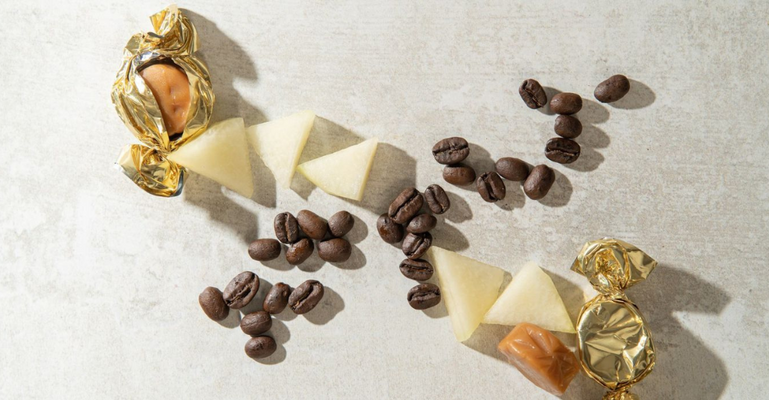With so much uncertainty still surrounding it, the delayed 2020 Olympic Games are about to start in Tokyo.
Even in such uncertain times, we can still however rely on the quality and health benefits of green tea. Japan has long produced some of the most carefully manufactured teas in the world.
The Art of Japanese Sencha
Tea first arrived in Japan in the 8th century from China. But, it was in 1737 that the art of making Sencha (boiled tea) began in a traditional style. This tradition remains standard today, albeit usually using sensitive machines rather than by hand.
How is Japanese Sencha different from Chinese green tea? Why is Sencha so expensive?
The process by which Japanese Sencha is made differs from Chinese green varieties in several ways. In order for the leaves to stay green, they need to be heated. The tea is heated to destroy an enzyme in the tea, preventing any oxidisation from taking place. In China, this is usually a firing process, sometimes in a bowl over a flame. In contrast, Japanese Sencha is steamed.
Why is Sencha so expensive?
A lot of work and skill goes into the production of Japanese Sencha. If handmade, the 7-step process requires skilful teamwork and is fascinating to watch.
In small batches, having been steamed and then spun in an oven to dry the surface of the leaves, they are pounded on a heated table. The leaves are rolled into a ball and spun or rolled to squeeze out the liquid. Clumps of leaves form during this phase which are then broken up and the leaves are slowly separated and spread out on the table. Then the leaves are twisted, rolled and turned between the hands, rolling them with the fingers to stretch them. They are then dried in a low temperature oven or heated table until brittle.
The finished tea has perfectly straight thin leaves and are of even size and length. They are in a sense ‘made to measure’ and this is reflected in the price.
What is the best Sencha ?
Our latest Sencha comes from Kagoshima. It is a Kabusecha style Sencha, which means it has been partially shade grown. For a few days prior to hand-picking, the tea plants are covered in a porous material. This means that the leaves retain a higher level of chlorophyll and taste sweeter and juicier. They also contain more amino acids which gives a rich umami flavour.
Does Japanese Sencha have health benefits? Is Sencha Tea good for you?
As with all green teas, there are many potential health benefits that could come from drinking Japanese Sencha. As well as being a great hydrator, the tea is packed with anti-oxidants. Polyphenols and catechins form free radicals within the body which may help to protect against many types of disease, help lower the risk of heart disease by reducing blood pressure and decreasing inflammation. Epigallocatechin 3-gallate, a major component of green tea, has been proved to reduce inflammatory skin conditions, and improve microcirculation in affected areas.
Does Sencha contain caffeine?
Sencha contains a normal amount of caffeine for a green tea. This is between between 20mg and 75mg, which is less than a cup of coffee. Of course, the exact content of any cup of tea depends on many factors of which the length of infusion time is of great significance. The longer the leaves steep, the higher the caffeine hit. So, the relatively short infusion time of Japanese Sencha lessens the caffeine uptake. As with all teas the caffeine is absorbed slowly so there is not the sudden rush you get with coffee.
What is the best way to brew Sencha?
To make a cup of Sencha tea requires a bit of care and attention in order to get the most out of it. Traditionally, it is infused at far lower temperatures than black tea because the leaves are very delicate. Because the leaves are so delicate, they can be easily be scorched if the water is too hot. It is important to try not to pour the hot water directly onto the leaves in a deluge but very slowly and carefully. Also never stir the leaves as this will also impair the flavour by releasing too many tannins.
To brew Japanese Sencha, try infusing 6g per 150ml at 40C for 3 minutes. Or the same dose for 1 ½ minutes at 60C. This will create a very rich umami flavour. You can re-infuse the same leaves for 30 seconds at 60C. The first infusion will always be the sweetest, the further infusions will have a more vegetal character.
How should you serve Japanese Sencha Tea?
Enjoyed warmed, the aromas and flavours of Sencha are subtle and distinctive and I find it a very soothing drink. It really enlivens the senses and as well as being refreshing leads to a real sense of calm and wellbeing. Enjoy it in quiet contemplation after a work-out or a hard day at work, and savour the moment.
Japanese Sencha is also delicious served as an iced tea. Simply brew as normal and leave to cool before pouring over ice.
Or why if you're feeling adventurous, why not try our Green Tea Mojito Recipe? The perfect summer cocktail, this simple, refreshing drink is perfect for long, sunny afternoons. Full of antioxidants and deliciously hydrating, this fantastic and fun Green Tea Mojito can be enjoyed as a cocktail, or just omit the rum for a refreshing iced tea ‘mocktail’.






